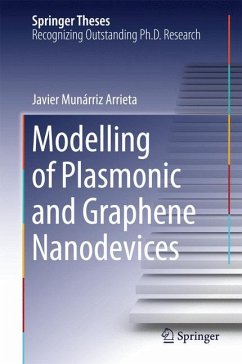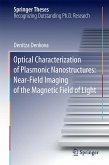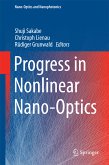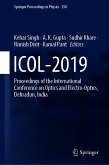The thesis covers a broad range of electronic, optical and opto-electronic devices and various predicted physical effects. In particular, it examines the quantum interference transistor effect in graphene nanorings; tunable spin-filtering and spin-dependent negative differential resistance in composite heterostructures based on graphene and ferromagnetic materials; optical and novel electro-optical bistability and hysteresis in compound systems; and the real-time control of radiation patterns of optical nanoantennas. The direction of the main radiation lobe of a regular plasmonic array can be changed abruptly by small variations in external control parameters. This optical effect, apart from its relevance for applications, is a revealing example of the Umklapp process and, thus, is a visual manifestation of one of the most fundamental laws of solid state physics: the conservation of the quasi-momentum to within a reciprocal lattice vector. The thesis analyzes not only results for particular device designs but also a variety of advanced numerical methods which are extended by the author and described in detail. These methods can be used as a sound starting point for further research.
Dieser Download kann aus rechtlichen Gründen nur mit Rechnungsadresse in A, B, BG, CY, CZ, D, DK, EW, E, FIN, F, GR, HR, H, IRL, I, LT, L, LR, M, NL, PL, P, R, S, SLO, SK ausgeliefert werden.









